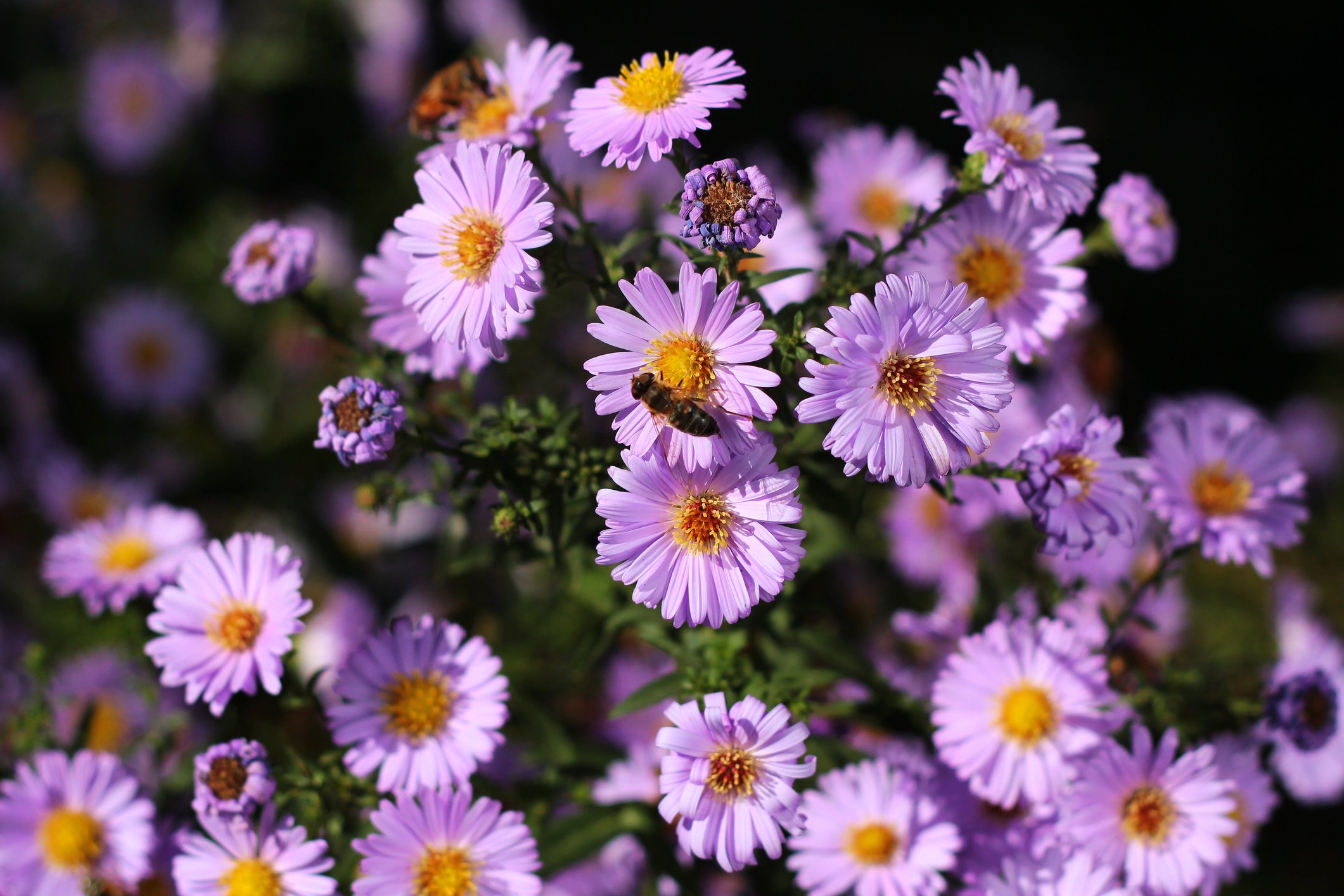August is the month to “dig in” to the beginning of harvest season and maintaining your gardens and landscape. Fertilization should cease for roses and most trees. This assists the new growth to harden. Continue watering them, especially during the extremely hot days we tend to have. Begin planning your fall vegetable garden now. Peas, chard, broccoli, cabbage, lettuce, brussels sprouts, celery, kale, and collards are excellent cold crops to consider. Cultivate the concept of crop rotation to avoid re-planting the same type of plant in the same area two seasons in a row. This practice helps prevent soil-borne diseases, pests, and the depletion of soil nutrients.

Resist the temptation to prune back all spent annual flower heads that have gone to seed. Allow varieties like cosmos, nigella, and calendula to self-sow. Save the seeds of certain hard-to find or top-performing plants that you want to grow again next year. And let us not forget our feathered friends who will appreciate the seed buffet you graciously left for them from sunflowers, coneflowers, and rudbeckias.
Prune back expended summer flowers now so that energy can be used to encourage more flowers and strong root and leaf growth. Also, give your early blooming plants, like geraniums, a trim so that they can have a second flush of fresh foliage.
Now is the perfect time to divide perennials like iris, peony, daylily, summer phlox, and other perennials coming to the end of their flowering seasons. Gently lift the plant out with a garden fork or spade, knocking any excess soil away to expose the ball of roots. With the spade, gently separate the roots down the middle so that you have two equal sections of the plant. Replant each piece where you want in the garden, along with good helping of fertilizer in the soil to help root stimulation and growth. Water thoroughly after planting to ensure they get a great start.
Harvesting vegetables, fruit, and herbs

If you planted corn or potatoes, now is the time to harvest them. Stalks of corn can be harvested as soon as the silk appears on top. Once potato plants have died down, dig up one or two tubers. Rub the skin to assess the ease of it rubbing off. If it easily comes off, wait 1-2 weeks prior to harvesting the rest. If onions and garlic are in your garden, it’s time to being curing or “lodging” them. Push the tops over as they begin to turn yellow. This method forces the bulbs into their final maturation stage. Approximately three weeks after curing the tops, dig up the onions and garlic. Spread them out in a dry, shaded place, free from dew and rain. Trim the roots and tops in about 10 days. Store these gems in cool, dry space or enjoy now!
Did you plant any grapevines? Time to cut back the vines to the second leaf following the last bunch of grapes. This practice allows the plant to put its energy into creating juicy fruit instead of a leggy plant. Stop watering tomatoes planted in the ground, but not the ones planted in containers. The stress of reducing the watering at this time of year develops juicier tomatoes versus lush foliage.
Cut back herbs to encourage growth and to harvest and dry for later use. Herbs that might need some attention right now are robust producers like mint, oregano, and thyme.
Begin composting

The word “compost” is Latin for “to put together”. This is exactly how to create rich, sustainable compost—mixing compostable materials to make soil amendment. Compost is excellent for loosening clay soils and helping sandy soils retain water. Gardens that are composted produce higher yields of healthier fruits, vegetables, and flowers. It’s a small investment to create an organic gardening source that provides an abundance during the growing season.
Compost is mix of:
- Green: Nitrogen-rich kitchen scraps such as fruit/vegetable peelings, coffee grounds, eggshells, grass clippings, green leaves, and weeds.
- Brown: Nitrogen-poor yard waste such as dry leaves, woody twigs, paper, and straw.
- Moisture: dry materials will not compost.
Select a location with good drainage and well-shaded during the summer. Build the compost with a thick layer of twigs or coarse mulch at the base for drainage. Follow up on building your compost heap layer by layer starting with a Green layer. Cover with Brown layer, ensuring no food scraps are exposed. Moisten well and repeat. Compost piles will benefit from a bio-accelerator to activate decomposition. Each time you add a layer of compost, sprinkle on activator and saturate.
Sprucing and maintaining your garden now will limit the amount of work you need to do in the fall. Let’s dig in!

When can I transplant my lilies that have finished blooming.
Thank you for this helpful reminder and suggestion of things to do in the garden this month. I forget about stopping watering on tomatoes.
Leave a comment